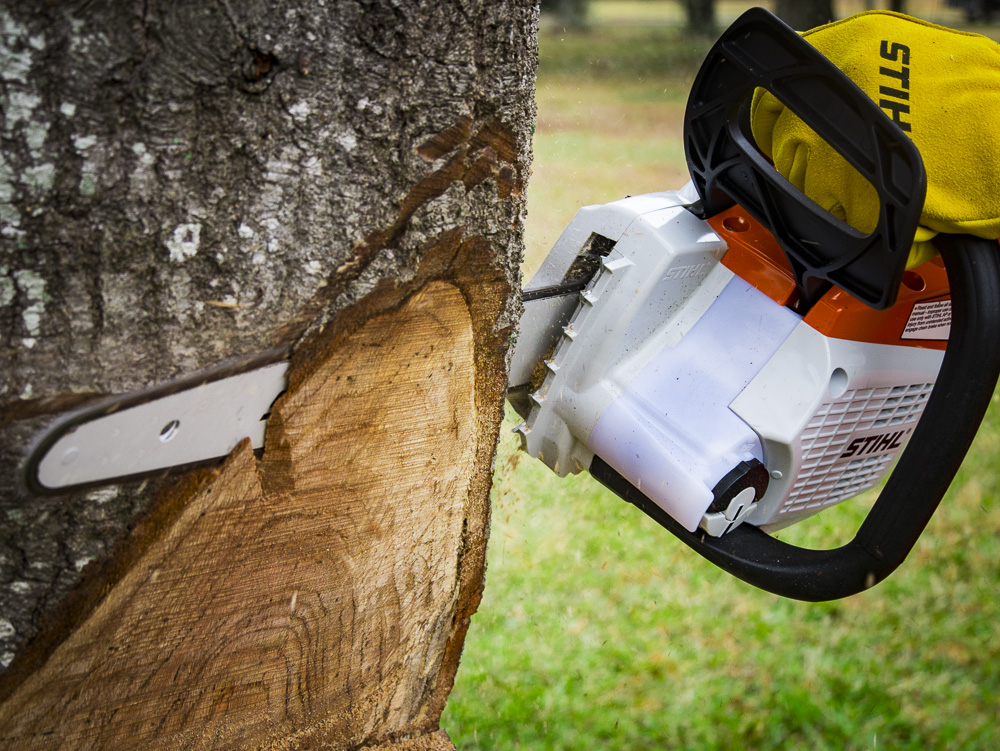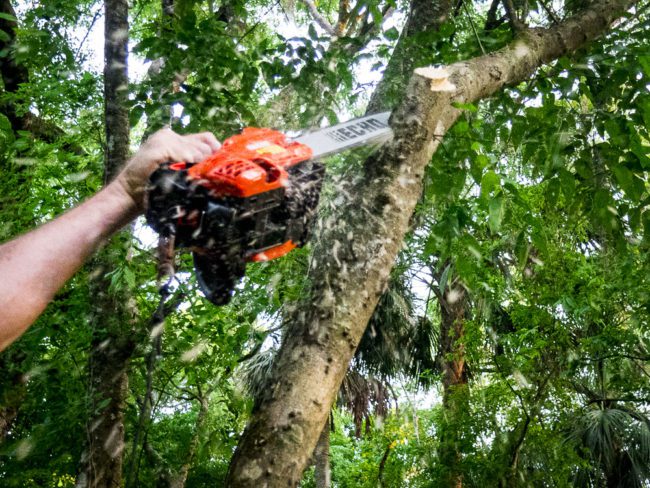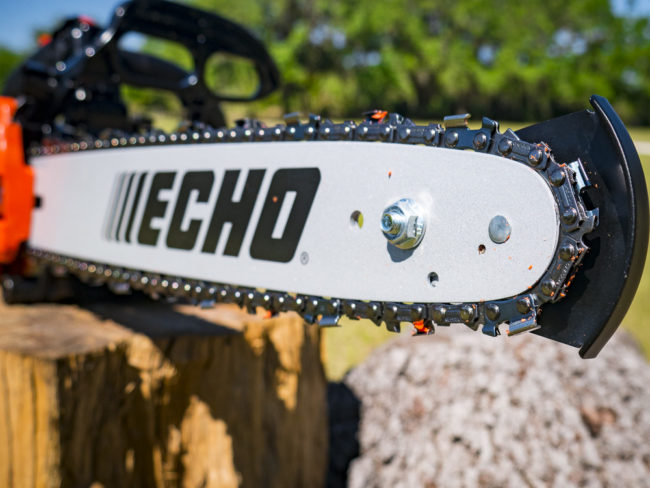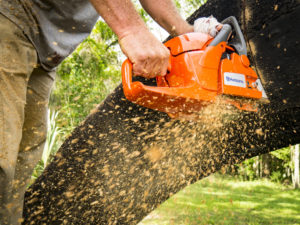If you’ve spent any amount of time watching loggers work, you’ve undoubtedly seen a chainsaw equipped with an upside down chainsaw bar. Maybe you’ve wondered why that is. Was the guy working the saw just not paying attention that day? Was it a mistake? Does it even matter?
Of course it matters, and of course, the guy working the saw knows what he’s doing…or so we hope. So, why will some folks use an upside down chainsaw bar when logging, limbing, or bucking firewood?
Why We Use An Upside Down Chainsaw Bar
The answer probably isn’t all that surprising. Chainsaw bars don’t wear evenly. The vast majority of your chainsaw’s cutting action happens along the bottom of the bar. Though your chainsaw applies oil to the bar to reduce the friction between the bar and the chain, over time, the areas of the bar that experience the most pressure will wear out faster as you might expect.
Every chainsaw bar has been designed to be mounted right-side up or upside down. The reason for this is that it allows the user to extend the life of his chainsaw bar by 50%. Flipping the bar will give the heavily-used areas some relief from wear and tear.
Using upside down chainsaw bars from time to time keeps your cuts more efficient and accurate. As a bar wears out, it won’t hold a chain in place as well, and the chain will move laterally more easily. This reduces a chainsaw’s ability to cut accurately. Rather than cutting in a consistent, focused line, lateral chain movement will cause a wider cutting swath, reducing your cutting efficiency.
 When Should You Flip Your Chainsaw Bar
When Should You Flip Your Chainsaw Bar
Removing the chain for sharpening presents a pretty good opportunity to work through a couple preventative maintenance issues. It presents a prime opportunity to clear the oil port from any sawdust or blockages, as well as flipping your bar to the upside down position. Of course, how often you actually need to sharpen your chain revolves around what type of woods you’re cutting through, how much sand you run into, how regularly you use your saw, etc. A significant decrease in performance will usually clue you in to when that needs to happen.
Since chainsaw bars can range anywhere between $30 – $60 and up, you might appreciate getting as much life out of your bar as possible. Flipping your chainsaw bar periodically will help with that.






